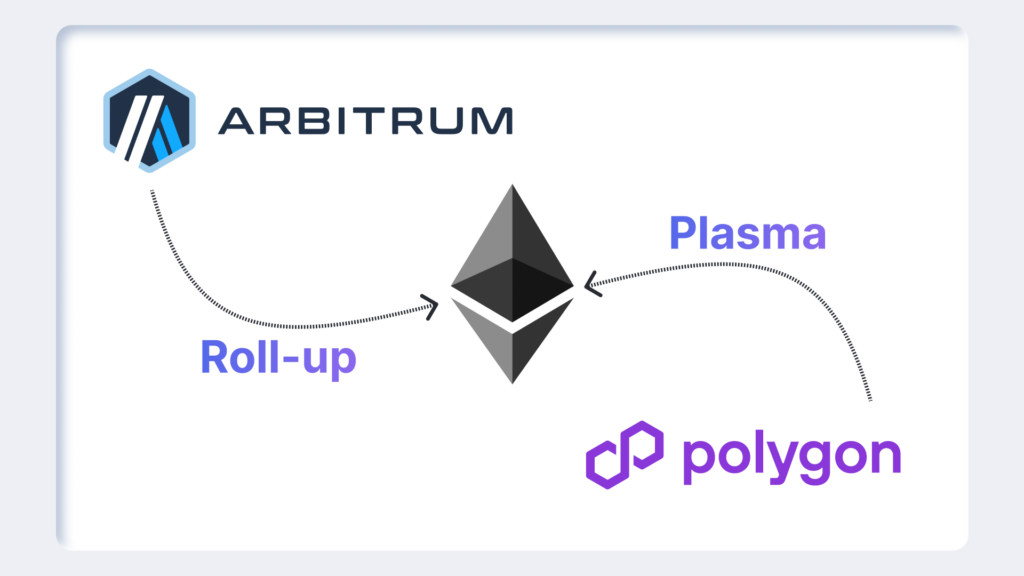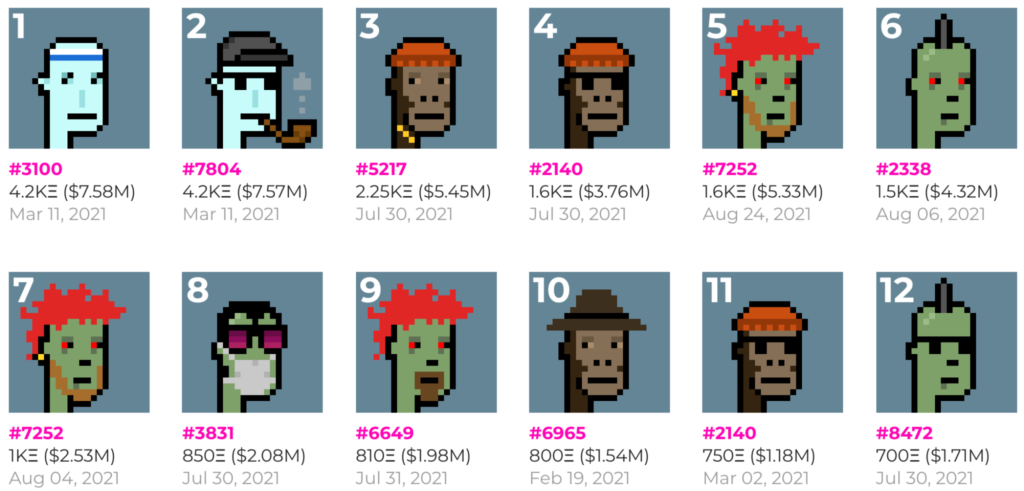The Bank of Canada has published a staff discussion paper that investigates flash loans – a novel form of blockchain-native finance where users borrow crypto without collateral, repaying within a single atomic transaction. This analysis captures how flash loans might influence future tokenized financial infrastructure and potential risks to financial stability.
A Closer Look at Flash Loans
According to the paper, flash loans stand out because:
- Atomicity: Borrowers can tap into uncollateralized liquidity in a single blockchain transaction, eliminating conventional credit risk.
- Design Variations: The study details three flash loan types – basic loans, flash swaps, and flash mints – each with unique liquidity sourcing and repayment mechanics. Flash mints, for example, enable near-limitless on-demand token creation.
- Practical Use Cases: While most flash loan activity revolves around arbitrage and liquidity management, there have been incidents of malicious exploits and wash trading.
Main Findings
- Relevance for Policymakers: The concept could extend beyond DeFi if financial institutions adopt blockchain-based lending and if broader tokenized assets rely on similarly atomic transaction structures.
- Financial Stability: There’s a risk that contagion could emerge if banks integrate flash loan mechanisms or if crypto assets become embedded in traditional financial products like ETFs.
- Usage and Data: Research assistant Jack Mandin compiled a dataset of nearly 24 million flash loan events totaling over $3 trillion in volume across 11 EVM-compatible chains. Approximately 75% of these transactions facilitate arbitrage.
Implications for the Broader Financial Sector
The Bank of Canada emphasizes that flash loans, though mainly confined to DeFi, highlight advanced features such as atomic, risk-free lending and programmable assets. These capabilities may make their way into mainstream finance if tokenized markets continue to grow.
Contagion Risks
The study raises concerns about how flash loans might intensify vulnerabilities:
- Smart Contract Exploits: Past events show price oracle hacks and reentrancy issues fueled by flash loans.
- Unreported Losses: While most of the high-volume usage is legitimate (e.g., arbitrage), some transactions with murky intent may suggest additional undetected exploits.
- Financial Integration: If stablecoins or tokenized real-world assets become linked with flash loans, exposures could surface in traditional financial instruments.
The Bank of Canada Flash Loans discussion paper underscores the technology’s growing relevance for monetary authorities, especially amid ongoing innovation in DeFi and tokenized markets. With the potential for broader adoption, policymakers and institutions may need to factor in both the beneficial efficiency gains and the lurking systemic risks that flash loans could introduce. For now, it’s a cautionary but forward-looking take: flash loans show promise as a tool in DeFi but demand meticulous attention to security, governance, and regulatory implications.


